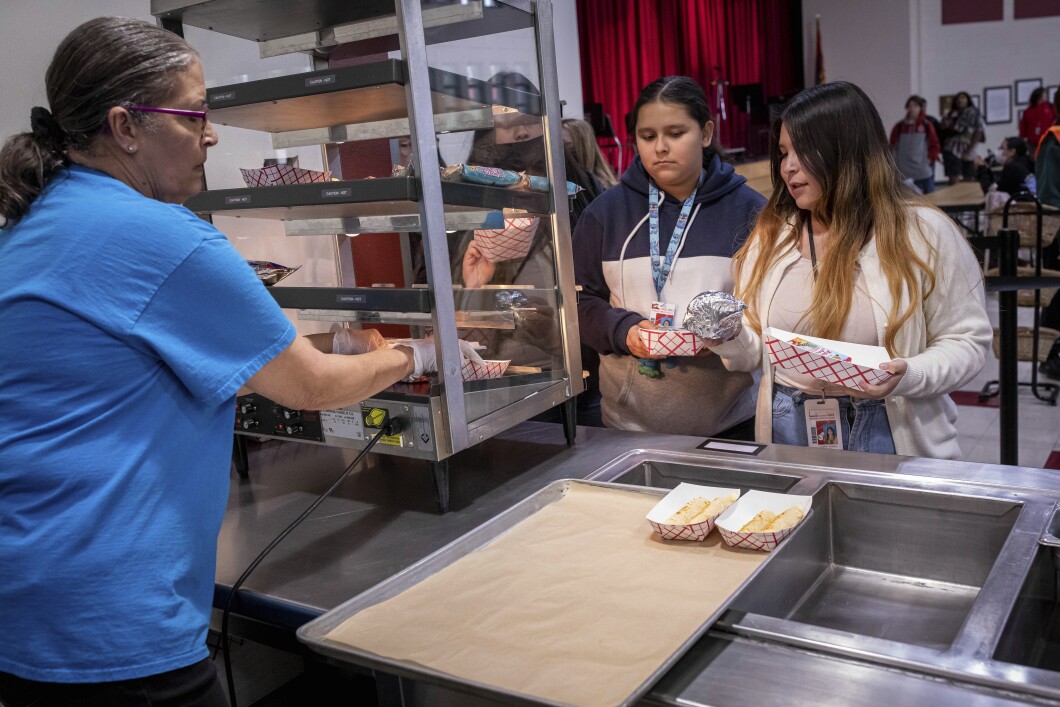
The Department of Agriculture proposed new changes for school meals Friday. They include the first limits on added sugars like those found in cereal, sweet breaded products, and flavored milk.
Agriculture Secretary Tom Vilsack, who announced the changes, said they included gradually decreasing the amount of sodium in school lunches by 2029.
CHICKEN WINGS AND AVOCADOS DROP IN PRICE AHEAD OF THE SUPER BOWL
“The purpose of this is to improve the health and welfare of our children. And I think everybody who comes to this issue shares that goal, and hopefully, collectively, we can make sure it happens,” Vilsack told CNN.
The rules, if approved after an obligatory public comment period, would go into effect for the 2025-2026 school year.
Added sugar currently makes up 17% of the calories in school breakfasts and 11% in school lunches, but by the 2027-28 school year, that’s expected to drop to 10% in each meal. The guidelines would reduce sodium intake to a third of what students eat now by the fall of 2029.
The goal is to improve nutrition in school lunches and better align with the United States’s dietary guidelines, according to the department. The school meals program currently serves breakfast to more than 15 million children and lunch to nearly 30 million children every day.
“School meals happen to be the meals with the highest nutritional value of any meal that children can get outside the home,” Vilsack told the Associated Press.

Making the changes could help decrease the risk of childhood obesity, diabetes, and high blood pressure, which often continue into adulthood, according to health experts.
Critics of the new proposals, however, are skeptical about whether rural or small schools can handle the adjustments. Vilsack responded that the department would fund grants of up to $150,000 to help the smaller and rural schools make the changes.
“Establishing these standards are difficult because you have to follow the science you have to follow the dietary guidelines, but you also have to understand that they need to be implemented in the real world which is which is tough,” Vilsack told CNN.
One other proposal seeks to change the amount of whole grains used in meals, potentially making it mandatory for schools to require 80% of their grains be whole grains. But schools would be allowed to use other grains, like white tortilla, once a week to add variety.
CLICK HERE TO READ MORE FROM THE WASHINGTON EXAMINER
The 60-day public comment period on the 280-page plan opens Feb. 7.





